
HOMEPAGE – OUR BLOG

Cancer is one of the leading causes of death worldwide, yet many cases can be successfully
treated if detected early. This is where cancer screening programs play a pivotal role. These
programs are designed to identify cancer in its earliest stages, often before symptoms
appear, increasing the chances of successful treatment and survival. This blog explores the
significance of cancer screening programs, the role of community participation, and how
these initiatives are saving lives every day
1. What Are Cancer Screening Programs?
2. WhyAre Cancer Screening Programs Important?
3. Types of Cancer Screenings
4. Encouraging Community Participation
5. Challenges in Cancer Screening
6. HowYouCanGet Involved
Cancer screening programs are organized health initiatives aimed at identifying cancer in its
early stages. These programs use tests and examinations to detect cancer in people who
may not show symptoms. Screening is particularly effective for cancers like:
● Breast cancer (via mammograms)
● Cervical cancer (via Pap smears or HPV tests)
● Colorectal cancer (via colonoscopies or stool tests)
● Lungcancer (via low-dose CT scans for high-risk individuals)
The purpose is simple: the earlier cancer is detected, the better the chances of successful
treatment
1. Early Detection Saves Lives
Cancer screening programs help identify cancers before they spread to other parts of the
body. Early-stage cancers are easier to treat, often with less aggressive interventions, and
have significantly higher survival rates.
2. Reducing Treatment Costs
Late-stage cancer treatments can be both invasive and expensive. Detecting cancer early
not only reduces the physical and emotional toll on patients but also decreases healthcare
costs for families and communities.
3. Empowering Communities with Awareness
By participating in screenings, communities learn more about risk factors and prevention
strategies. This awareness creates a ripple effect, encouraging healthier lifestyles and
reducing overall cancer rates
Breast Cancer Screening
Mammograms are X-ray images of the breast that can detect lumps or abnormalities that may indicate cancer. Women over 40 are often advised to undergo regular screenings.
Cervical Cancer Screening
Pap smears and HPV tests detect changes in cervical cells that could lead to cancer. These tests are crucial for women between the ages of 21 and 65.
Colorectal Cancer Screening
Colonoscopies, stool tests, and other methods help identify polyps or abnormal growths in
the colon or rectum. Adults over 50, or those with a family history, are most at risk.
Lung Cancer Screening
Low-dose CT scans are recommended for individuals with a history of heavy smoking or those aged 50–80 who smoke or quit within the last 15 years
Prostate Cancer Screening
Prostate cancer screening typically involves a Prostate-Specific Antigen (PSA) blood test and may include a Digital Rectal Exam (DRE). It is recommended for men aged 50–69 with an average risk or starting at 45 for those at higher risk, such as African American men or those with a family history of prostate cancer. Screening decisions should be made in consultation with a healthcare provider, considering individual risk factors and preferences.
1. Raising Awareness
Health campaigns, workshops, and social media initiatives can educate people about the
benefits of screening. Partnering with local organizations can also amplify these efforts.
2. Making Screenings Accessible
Mobile clinics and subsidized programs can help reach underserved areas, ensuring that
financial or geographical barriers don’t prevent early detection.
3. Sharing Success Stories
Real-life examples of individuals whose lives were saved by early screening can inspire
others to prioritize their health.
For more resources, visit Dr. Abdullah KP’s website for professional insights and Oncure for
information about cancer screening programs in India
1. Limited Access in Rural Areas
Many people living in remote regions lack access to screening facilities. Investments in
healthcare infrastructure are essential to bridge this gap.
2. Fear and Stigma
Some individuals avoid screenings due to fear of diagnosis or stigma around cancer.
Educating communities can help reduce these barriers.
3. Financial Constraints
Even with subsidized programs, some families struggle to afford screenings. Governments
and NGOs must work together to make cancer screenings universally accessible
1. Participate in Local Programs
If you’re eligible for cancer screening, don’t wait—schedule your tests today. Your proactive
step could save your life.
2. Volunteer or Donate
Support local initiatives that provide free or affordable screenings to those in need. Even
small contributions can make a big difference.
3. Spread the Word
Use your voice to advocate for the importance of cancer screening programs. Share this
blog, discuss it with friends, and encourage loved ones to get screened
Cancer screening programs are a vital tool in the fight against cancer. They save lives,
reduce treatment costs, and empower communities with knowledge. By participating in these
programs and encouraging others to do the same, we can make early detection a standard
practice and protect countless lives.
For more information on screening programs, visit Dr. Abdullah KP or check out Oncure, a
resource dedicated to cancer care and awareness.
Remember: Early detection can be the difference between life and death. Make cancer
screenings a priority today

we are committed to providing innovative healthcare solutions with a patient-centered approach. Our mission is to deliver high-quality, compassionate care that empowers individuals on their journey to health. Trust, expertise, and a focus on well-being guide everything we do.
Copyright © 2024 Dr.Abdulla K P. All Rights Reserved.